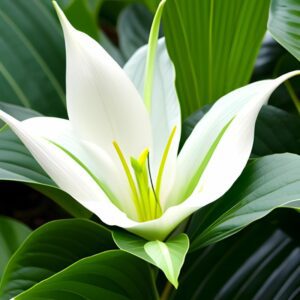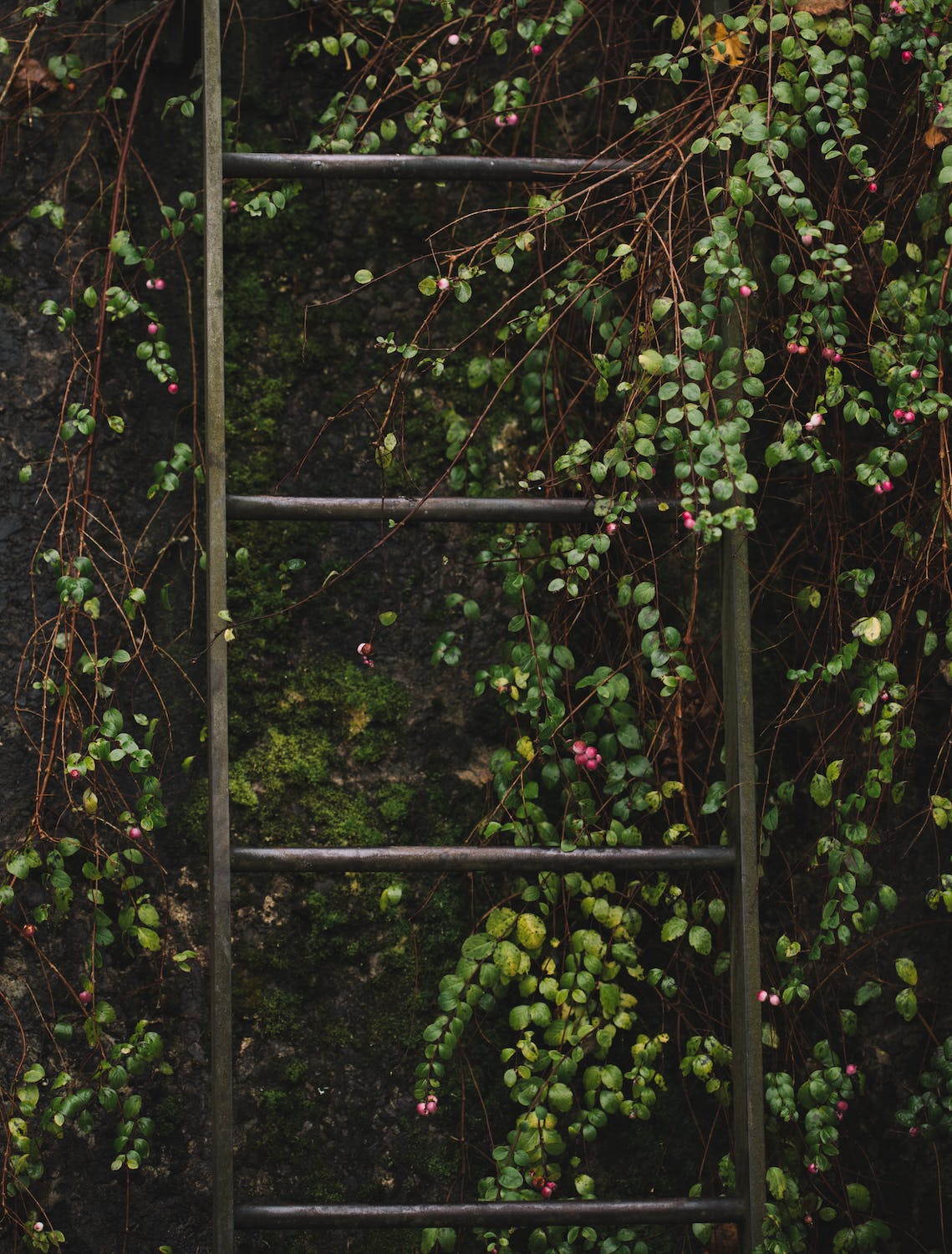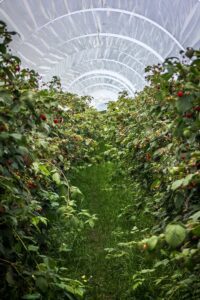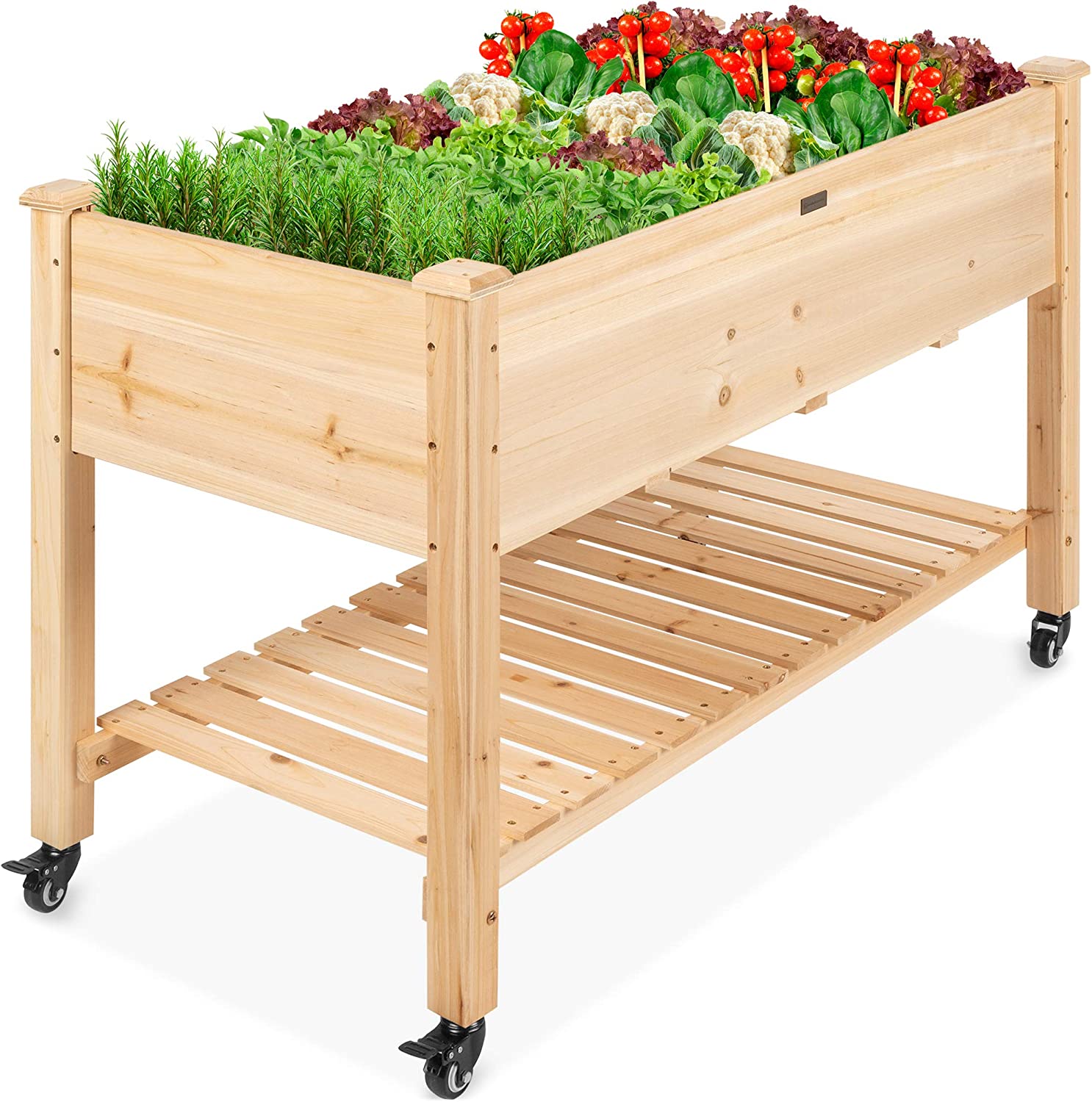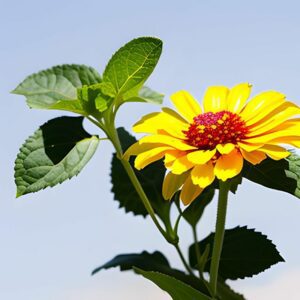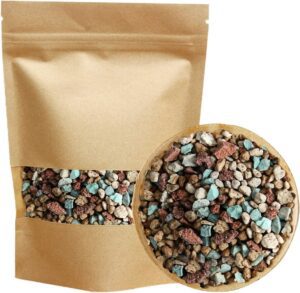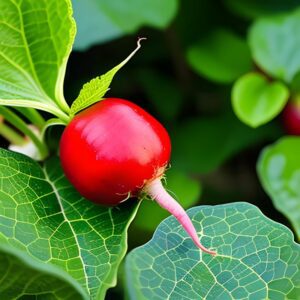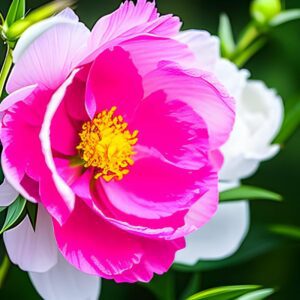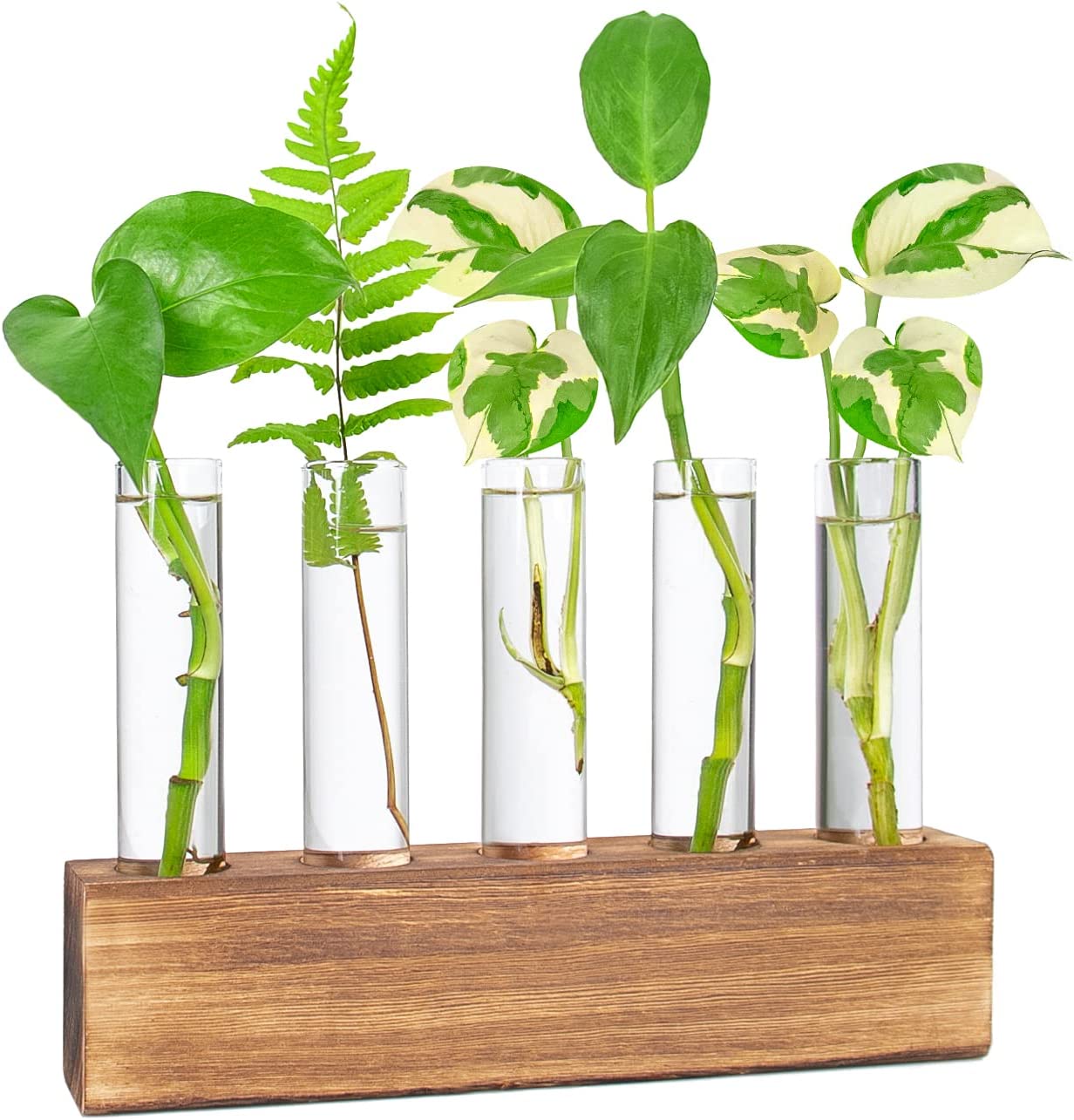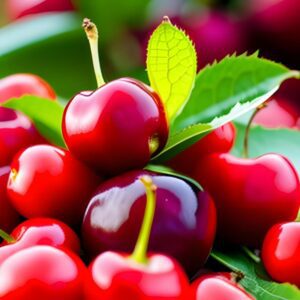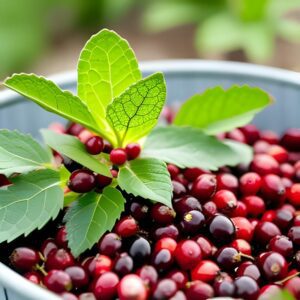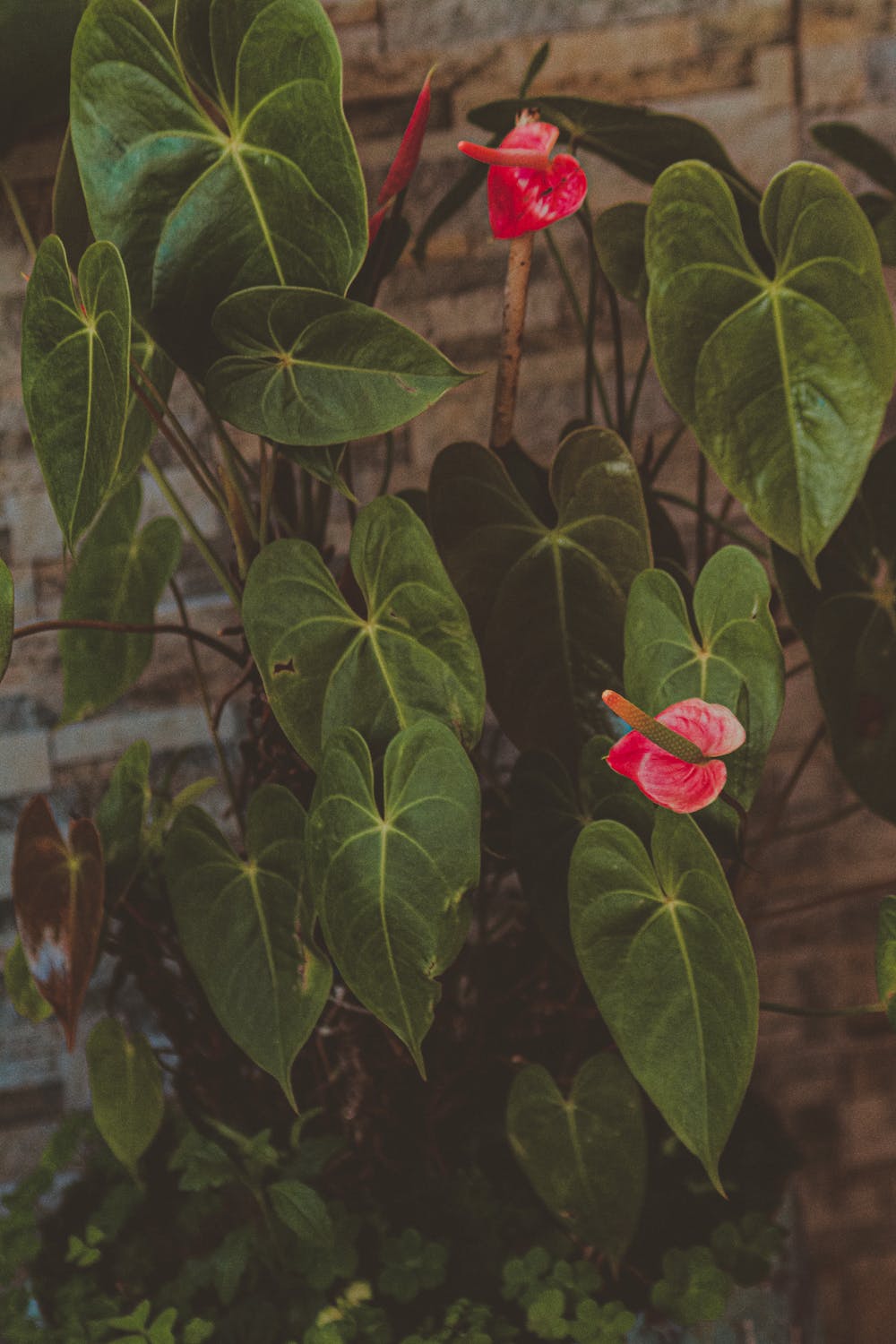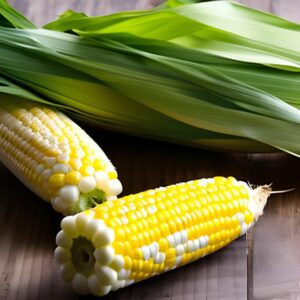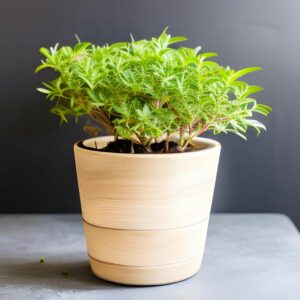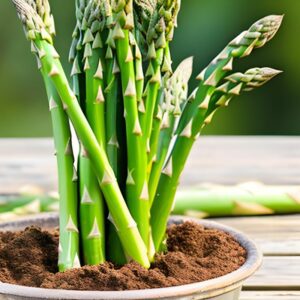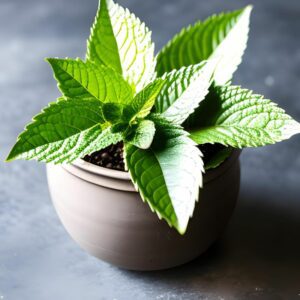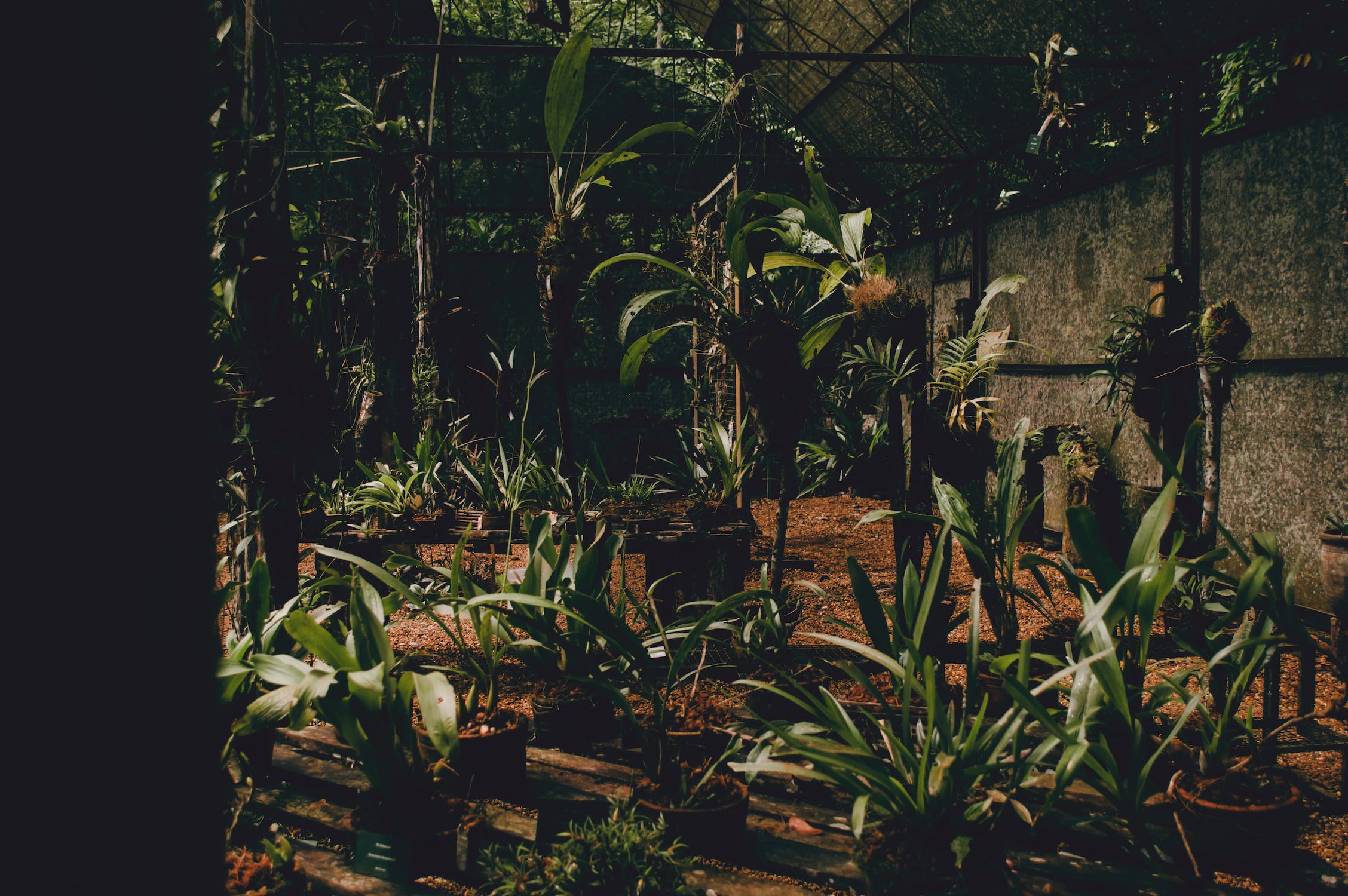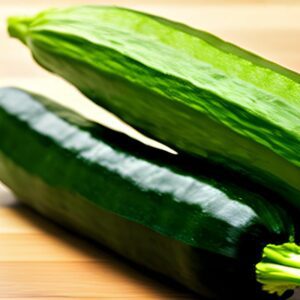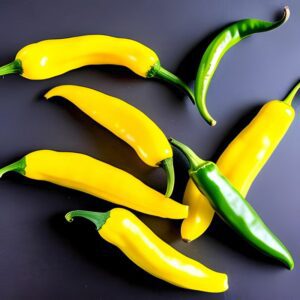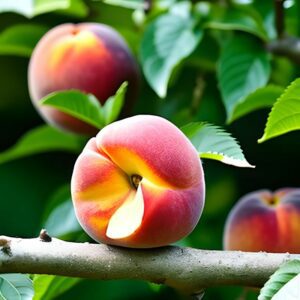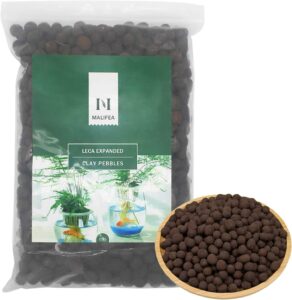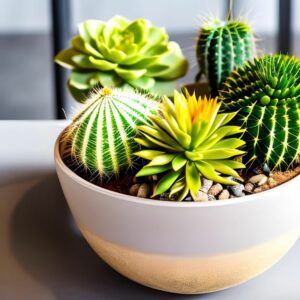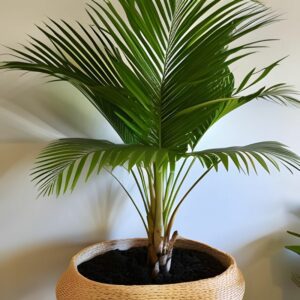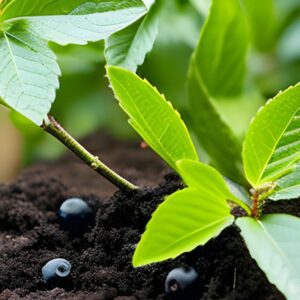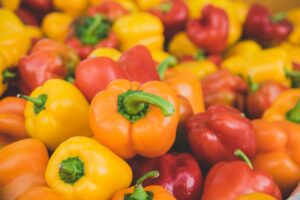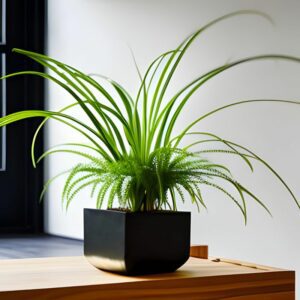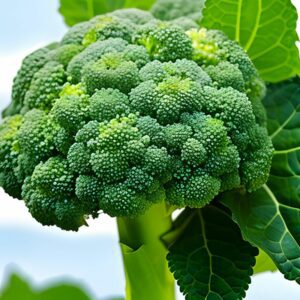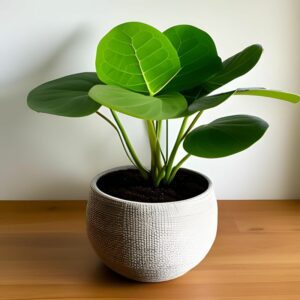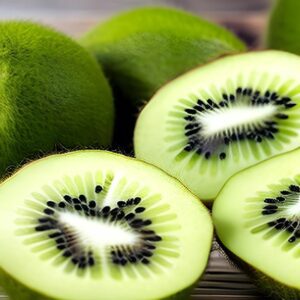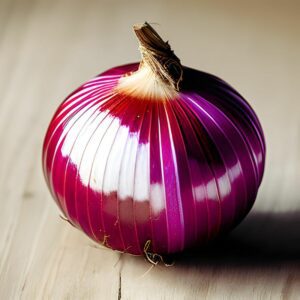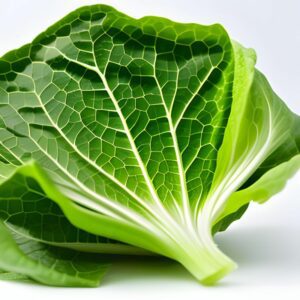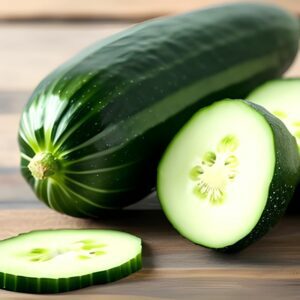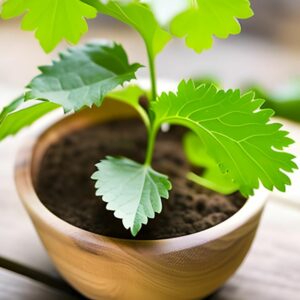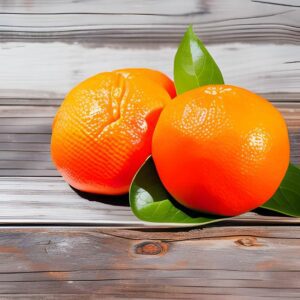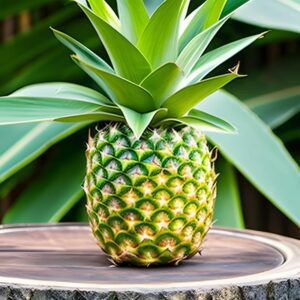Peach
Fruits
- Northwest China
- Moderate
- 2-4 Years
Introduction
The Peach Tree is a popular fruit-bearing tree known for its delicious and aromatic peaches. Native to Northwest China, peaches have been enjoyed for their sweet and juicy flavor for centuries. With their beautiful blossoms and abundant fruit production, growing a peach tree in your garden allows you to experience the pleasure of picking fresh, ripe peaches and savoring their delectable taste.
Plant Characteristics
Peach trees are deciduous trees that can reach a moderate to large size. They have a spreading canopy of branches adorned with lance-shaped, glossy green leaves. In spring, the tree bursts into a profusion of delicate pink or white flowers, which give way to the formation of fuzzy-skinned peaches. Peaches come in different varieties, each with its own flavor profile, size, and color.
Ideal Growing Conditions
Peach trees thrive in full sun, requiring at least 6-8 hours of direct sunlight daily for optimal growth and fruit production. They prefer well-draining soil with good fertility and a pH level between 6.0 and 7.0. Adequate air circulation is important to prevent disease, so avoid planting peach trees in excessively crowded or sheltered areas.
Planting Guide
Plant peach trees in early spring, once the soil has become workable and the risk of frost has passed. Choose a planting location with full sun exposure and well-draining soil. Dig a hole that is wider and deeper than the root ball of the tree. Place the tree in the hole, ensuring the bud union (the swollen area where the tree was grafted onto the rootstock) is slightly above the soil level. Backfill the hole with soil, gently firming it around the roots. Water the tree thoroughly after planting and apply a layer of organic mulch around the base to conserve moisture and suppress weeds.
Watering and Fertilizing
Peach trees require regular watering to establish a strong root system and support healthy growth. Water deeply once or twice a week, providing enough water to moisten the soil to a depth of 12 inches. During dry periods or drought, increase the frequency of watering. Fertilize the tree with a balanced fruit tree fertilizer in early spring and again in early summer, following the package instructions.
Pruning and Maintenance
Pruning is essential for maintaining the health, shape, and productivity of peach trees. Prune during late winter or early spring while the tree is dormant. Remove any dead, damaged, or diseased branches, as well as any crossing or crowded branches. Thinning out excess fruit clusters promotes larger, high-quality peaches. Proper sanitation, such as removing fallen leaves and fruit, helps prevent disease.
Harvesting or Flowering
Peach fruits are typically ready for harvest in summer when they reach their full size and develop their characteristic color. The best way to determine ripeness is by gently pressing the fruit – it should yield slightly to the touch. To harvest, twist or gently pull the peaches from the tree. Handle them with care to avoid bruising. Peaches will continue to ripen after harvesting if left at room temperature.
Post-Harvest Care
After harvesting, peaches can be enjoyed immediately or stored in the refrigerator for a few days to prolong their freshness. If you have an abundant harvest, consider preserving peaches by canning, freezing, or making jams and preserves. When storing peaches, handle them with care to prevent bruising and store them in a single layer to avoid crushing. Enjoy the peaches at their peak ripeness for the best flavor and texture.
Troubleshooting
Common issues with peach trees include pests such as aphids, peach tree borers, and fungal diseases like peach leaf curl or brown rot. Monitor your tree regularly for signs of infestation or disease, and take appropriate measures to control them. Pruning to improve airflow and sunlight penetration can help prevent fungal diseases. Consider using organic pest control methods and following proper cultural practices to minimize problems.
Fun Facts
Peaches are not only delicious but also nutritious. They are a good source of vitamins A and C, dietary fiber, and antioxidants. The peach tree is also known for its beautiful blossoms, which create a stunning display in spring. Additionally, peaches are versatile fruits that can be enjoyed in various ways, from eating them fresh to using them in pies, cobblers, salads, and even savory dishes.





